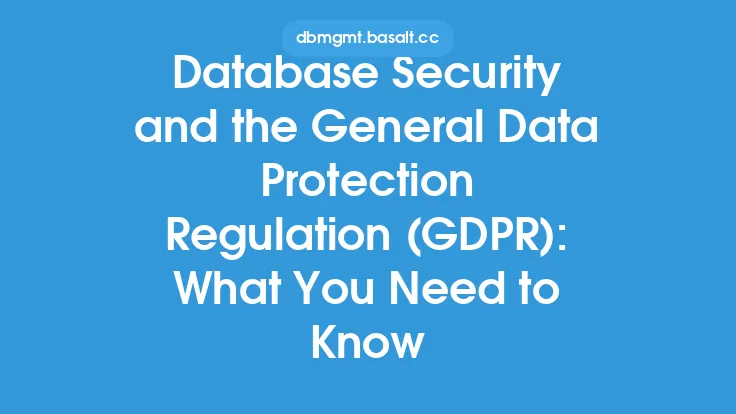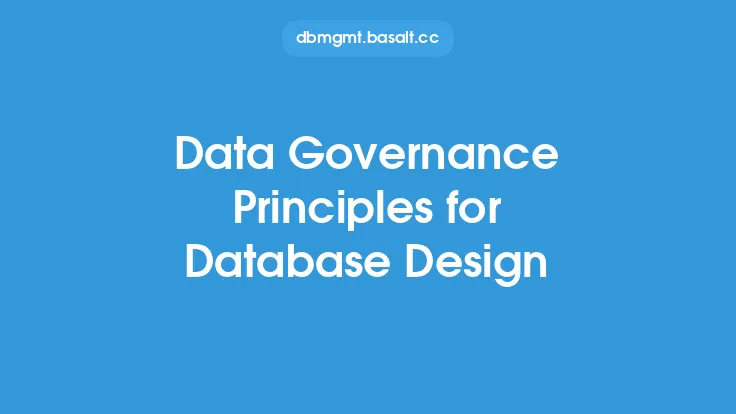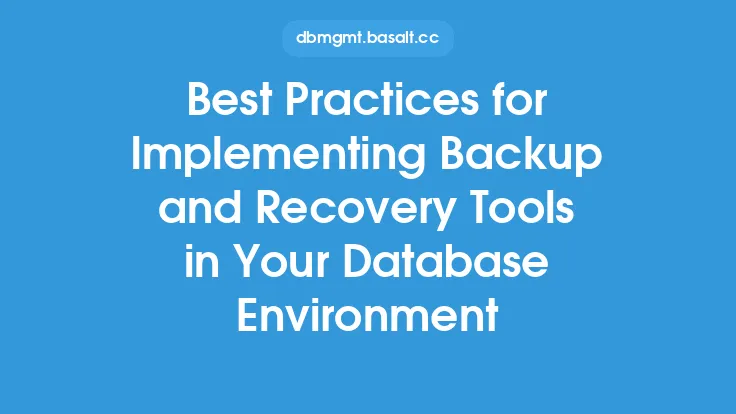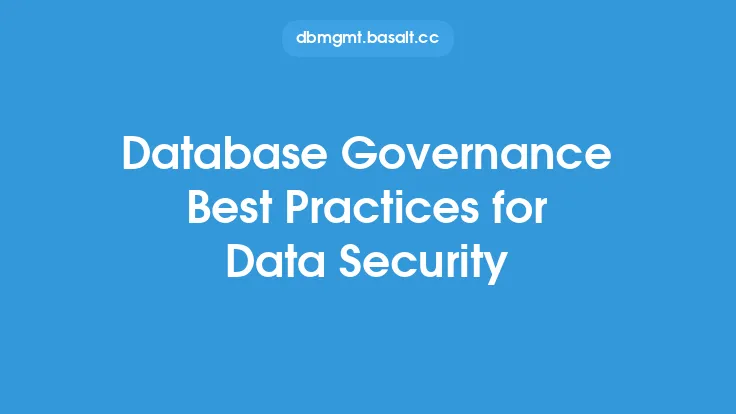Implementing transparent data encryption is a crucial aspect of database protection, as it ensures that data is encrypted automatically without requiring any changes to applications or databases. This approach provides an additional layer of security, making it more difficult for unauthorized parties to access sensitive information. In this article, we will delve into the world of transparent data encryption, exploring its benefits, implementation methods, and best practices for effective database protection.
What is Transparent Data Encryption?
Transparent data encryption is a security feature that encrypts data at rest, making it unreadable to unauthorized users. This encryption method is "transparent" because it occurs automatically, without requiring any manual intervention or changes to the database or applications. The encryption process is typically handled by the database management system, which ensures that all data written to disk is encrypted. When data is retrieved, the database management system decrypts it, making it accessible to authorized users.
Benefits of Transparent Data Encryption
The benefits of transparent data encryption are numerous. Firstly, it provides an additional layer of security, protecting data from unauthorized access in the event of a physical breach or theft of storage media. Secondly, it helps organizations comply with regulatory requirements, such as the Payment Card Industry Data Security Standard (PCI DSS) and the General Data Protection Regulation (GDPR). Finally, transparent data encryption provides peace of mind, knowing that sensitive data is protected, even in the event of a security breach.
Implementation Methods
Implementing transparent data encryption can be achieved through various methods, including:
- Database-level encryption: This method involves encrypting data at the database level, using the database management system's built-in encryption features. Examples of database management systems that support transparent data encryption include Oracle, Microsoft SQL Server, and IBM DB2.
- Storage-level encryption: This method involves encrypting data at the storage level, using storage devices or storage area networks (SANs) that support encryption. Examples of storage devices that support encryption include self-encrypting drives (SEDs) and encrypted SANs.
- File-level encryption: This method involves encrypting data at the file level, using file systems or operating systems that support encryption. Examples of file systems that support encryption include Microsoft Windows Encrypting File System (EFS) and Linux encrypted file systems.
Best Practices for Implementation
To ensure effective implementation of transparent data encryption, follow these best practices:
- Conduct a risk assessment: Identify sensitive data and assess the risk of unauthorized access.
- Choose the right encryption method: Select an encryption method that meets your organization's security requirements and complies with regulatory standards.
- Use strong encryption algorithms: Use strong encryption algorithms, such as Advanced Encryption Standard (AES), to ensure that data is protected.
- Manage encryption keys: Establish a key management process to ensure that encryption keys are securely stored, rotated, and revoked.
- Monitor and audit: Regularly monitor and audit encryption activity to ensure that data is protected and that encryption is functioning correctly.
Key Considerations
When implementing transparent data encryption, consider the following key factors:
- Performance impact: Encryption can impact database performance, so it's essential to assess the performance impact and optimize database configuration accordingly.
- Key management: Effective key management is critical to ensuring that encryption is secure and that data is accessible to authorized users.
- Compliance: Ensure that transparent data encryption meets regulatory requirements and complies with industry standards.
- Compatibility: Ensure that encryption is compatible with existing database and application infrastructure.
Conclusion
Transparent data encryption is a powerful security feature that provides an additional layer of protection for sensitive data. By understanding the benefits, implementation methods, and best practices for transparent data encryption, organizations can ensure that their data is protected from unauthorized access. Remember to conduct a risk assessment, choose the right encryption method, use strong encryption algorithms, manage encryption keys, and monitor and audit encryption activity to ensure effective implementation. With transparent data encryption, organizations can rest assured that their data is secure, even in the event of a security breach.





